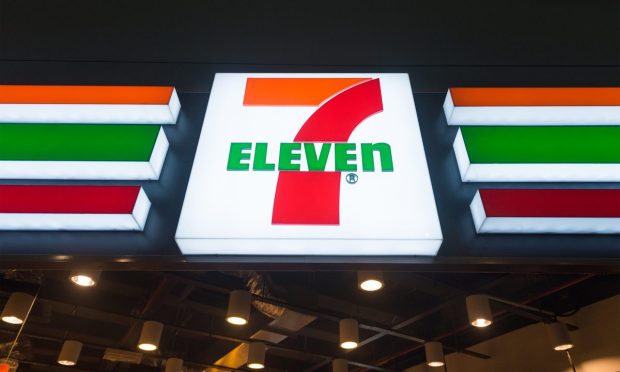7-Eleven Australia Taps Frictionless Checkout as Shoppers Demand Convenience

7-Eleven Australia is gearing up to roll out frictionless checkout in an effort to meet convenience store customers’ need for speed.
In an emailed press release, the Australian branch of the global convenience retail giant shared that it is partnering with checkout technology company Grabango. 7-Eleven is aiming to launch the next version of its My 7-Eleven App Pay and Go feature, offering cashierless checkout, and expects to bring the technology to 10 stores by the end of next year.
“Providing customers with the right products and services relevant to their needs across physical and digital environments is crucial,” Stephen Eyears, general manager of technology and strategy at 7-Eleven Australia, said. “For the customer, the experience needs to be seamless, and for our store teams, digital touchpoints need to be simple for them to activate in store; and save them time they can use to add value to our customers.”
Currently, “Pay and Go” option offers scan-and-pay capabilities. After the Grabango update, consumers will be able to pay for their purchase without having to scan each item. Since the feature is available through the retailer’s app, it also integrates with the retailer’s rewards program, driving loyalty.
Other convenience chains have been experimenting with similar offerings.
In 2021, major convenience store brand Circle K began testing autonomous checkout in partnership with Standard AI. The same year, travel convenience retailer Hudson began implementing Amazon’s “Just Walk Out” system.
In the United Kingdom, grocery giant Tesco has been trying out Trigo’s computer-vision checkout technology at a store outside of London.
For retailers, these digitization efforts offer increased insight into shopper behavior and, in turn, more powerful analytics.
In an interview earlier this year with PYMNTS, Andy Radlow, Grabango’s chief revenue officer, contended that checkout-free technology could offer an eCommerce level of visibility into shelf-stocking and inventory in physical spaces, which in turn can help to secure customer loyalty.
“[We] are really unlocking the benefits you would expect from a technology that digitizes the physical store space and allows you to manage it like an eCommerce site with lots of metrics, and lots of ways to improve the shopper experience,” he said.
Certainly, consumers are seeking lower-friction checkout options. According to data cited in the February edition of PYMNTS’ Retail Tracker® series, Innovating the Retail Checkout Experience, created in collaboration with LS Retail, 85% of retail customers say self-checkout is faster than waiting for a cashier, and 60% prefer self-checkout to interacting with a cashier.
Plus, merchants see self-checkout options as key to shopper loyalty, according to data from PYMNTS’ study “Big Retail’s Innovation Mandate: Convenience and Personalization,” created in collaboration with ACI Worldwide, which drew from a survey of 300 retailers across the United States and the United Kingdom.
The study found that 54% of convenience stores and pharmacies believe consumers would be very or extremely likely to switch merchants if not provided self-service kiosks. Additionally, 47% said the same of the ability to scan products and pay without standing in line.
